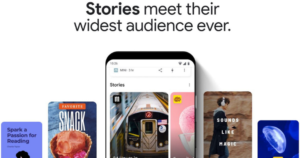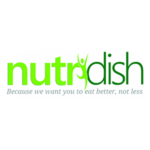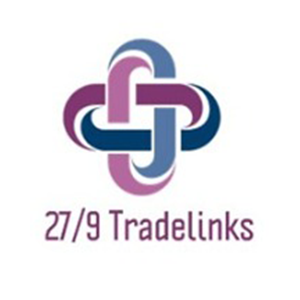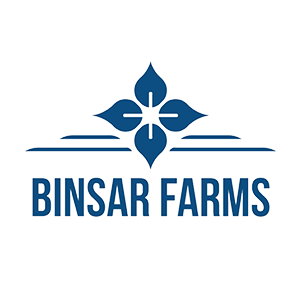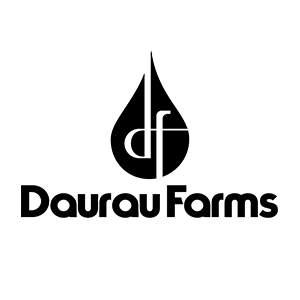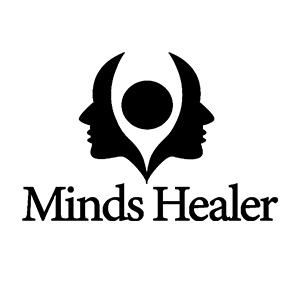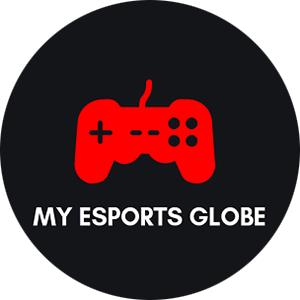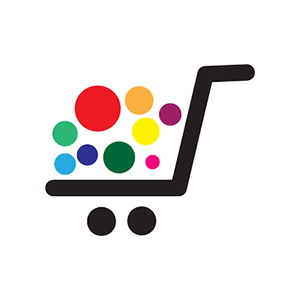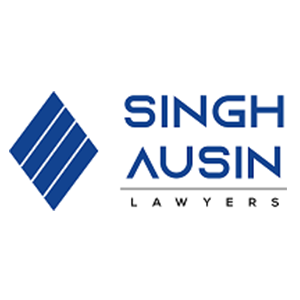Here we are going to share with you the 8 best SEO tips for beginners to boost Traffic But first see what is SEO.
SEO stands for “Search Engine Optimization”. This is the process to optimize your website so your website can get more visibility in google search results. In other words, this process is used to optimize your website so you can higher.
8 best SEO tips for beginners to boost Traffic
1. Keyword Research
What is keywords research?
Keyword’s research is the process of finding words and phrases that people use in search engines in order to optimize content around and rank for the terms in search engines.
Or
A technique aimed at finding the keywords your audiences uses when they are looking for a product or services your offer.
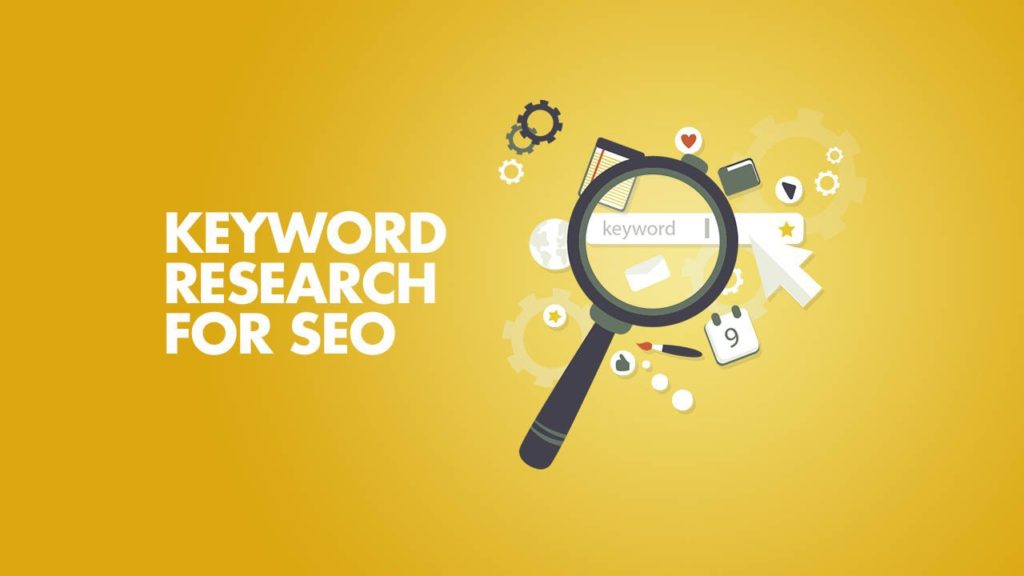
Without keyword research, you might find yourself lost in your own world and battling giants in your industry that can’t be beaten in search results just like that.
There are a variety of factors you have to take into account before doing your keyword research or setting up your keyword strategy.
Power lies in better understanding of you target market.
And how they are searching your services, products or content online.
Why is keyword research important for SEO?
Keyword’s research impacts every other SEO task that you perform, including finding content topic, On page SEO, Email outreach, and Content promotion.
It makes clear what search terms your audience are using.
Keyword research tools
- The keyword planner – it is the most reliable source of keyword information online
- Explodingtopics.com – this new tool is like google trends but better
- Keywords everywhere – keywords everywhere might be my favourite keyword research tool.
- Uber suggest – uber suggest was the first google suggest scraper that I used
- SEMrush – if you want to invest a paid keyword tool, I highly recommend SEMRUSH
- AHREFS – most people recommend AHREFS.
2. Use of Primary and Secondary Keywords or Long-tail keywords
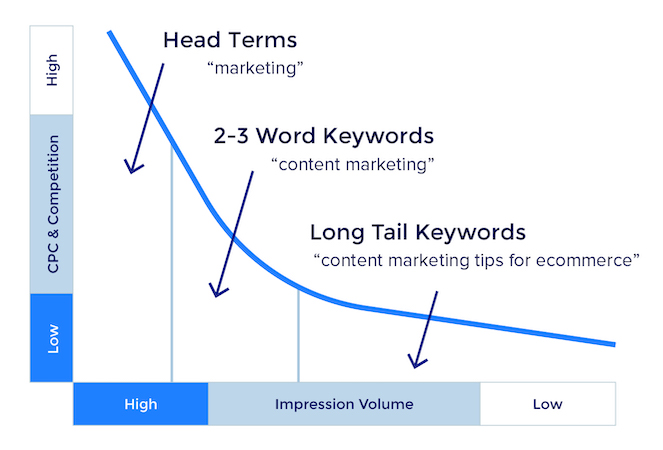
Search engines use keywords to identify and filtering results, this makes it incredibly crucial that keywords are used and to be used appropriately within the content to get a chance of being found and ranked by the search engine.
Types of Keywords –
There are majorly 3 types of keywords.
1. Primary Keyword
2. Secondary Keywords.
3. Long tail keywords or Additional keyword
The primary Keyword is the central idea of the article. So, the title must include your Primary Keyword.
To support the Primary keyword, we use the secondary keywords but with slight changes. Secondary keywords can be related to the Primary keyword directly but different from it.
Long-tail keywords are the keywords that may mean the same to the primary or secondary but spell different these are phrases.
We can use the Primary, secondary, and Longtail Keywords in a ratio of 1:3:4 respectively.
Use your keywords organically not over number them another search engine will spam your article due to keyword stuffing.
Engines can’t see the image they Crawl the Alt text of the image so putting your keywords in the alt text will help in the optimization.
Use your primary keywords in the Meta description which is directly crawled by the engines. Meta description acts as a summary of your article so, it is a powerful way to getting ranked by a search engine.
Below is an example of the Meta description.

3. Length of the Blog or Article
One of the most basic and important factors in SEO is the Blog length yes! It does matter.
It is how you use your word count? Since Google Algos don’t have any set word count for the content or any piece of blog your content it directly means that quality is way better than quantity. Engines look for the intent of the users’ query but here is the catch that if your content or piece of writing is directly answering the query with related keywords then your chance of getting ranked increases.
If your blog has a good length then there is a scope of putting the keywords, key phrases more efficiently which helps in ranking. Too short content can be easily ignored by the search engines as there will be a short no. of keywords and aspects in the piece.
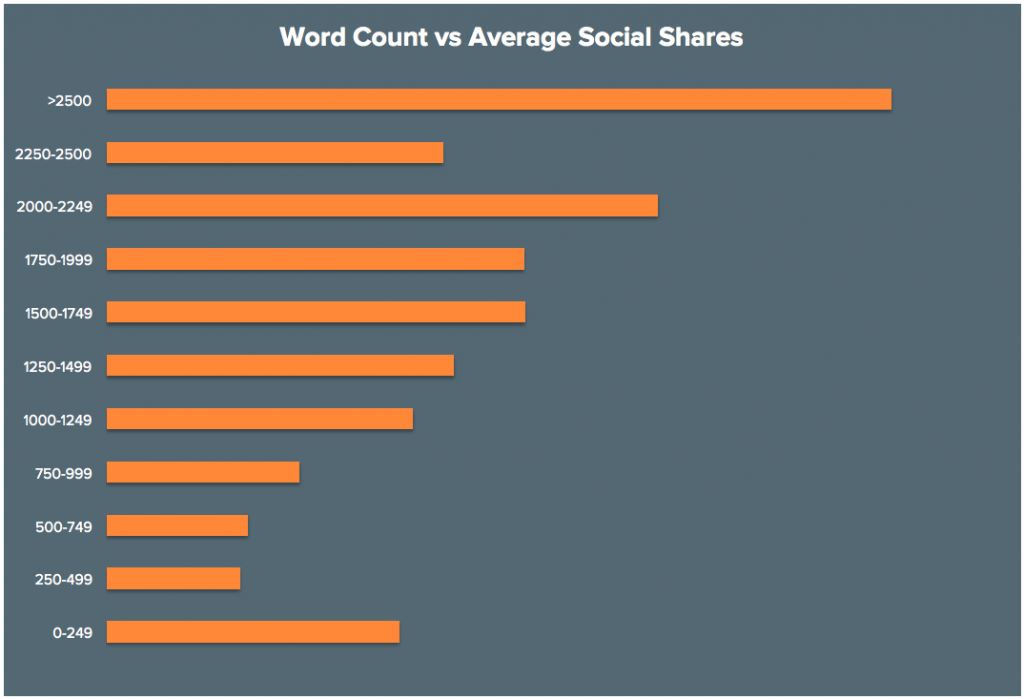
What is an ideal length of content for SEO?
This is the first question that arises in any mind after reading the above piece of information. So, there is no exact answer for this but studies and researches show that your word count can go somewhere between 2300 to 2700. A short piece of content can range somewhere between 600 to 800 and the Average Length of the post which is followed by most bloggers is around 2500.
There is a saying that Content is the ‘KING ‘because it is the content which drives traffic to a website and helps in Search Engine Optimization. Fresh content can enhance SEO for definite reasons,
4. Write about Current affairs with Fresh Content
There is always some confusion surrounding the meaning of fresh content, even among those that understand the content.
Fresh content isn’t making small updates or changes to existing pages on your website. While some changes and significant overhauls to existing pages may improve ranking on search engines like Google, slight updates don’t dramatically improve SEO.
Fresh content means adding new, fresh pages. one among the foremost common sorts of the content may be a blog. New blog posts add fresh pages to an internet site. Adding these pages can help your website rank for more keywords, boosting SEO for keywords concerning the website’s industry.
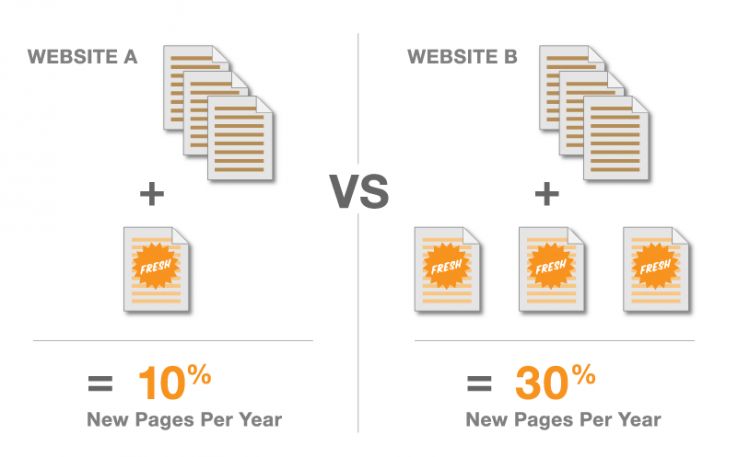
New content on fresh website pages helps your site target a wider range of keywords. this enables websites to focus on more long-tail keywords and phrases associated with their business. Pages having fresh content also develop new links for your website for internal and external linking purposes. Backlinks are essential for SEO.
Importance of Fresh Content
From a person’s standpoint, fresh content keeps visitors returning to your website. If you’ve got a favourite news site, you’d be disappointed to see it and see no new content. While updated content is particularly important for websites like news outlets, all websites need fresh content to retain users interested.
Fresh, engaging content will tend new visitors to visit your site and keep old visitors retained
5. Optimize Meta, Title, Heading and Sub heading Tags
Meta tags are invisible tags that provide data about your page to look engines and website visitors.

5 most important meta tags
- Title. – It’s the title of your page that gives a preview of what your content is all about.
- Meta description – It is the accurate description of the content of the page. It is snippet displays in the search results.
- Header Tag – These are the headings of the content.
- Alt Tag – Its description about the Image in the content can include the keywords.
- Robot Meta Tag – The robots meta tag informs search engines which pages on your site must be indexed.
In short, they make it easier for search engines to work out what your content is about, and thus are vital for SEO.
Search engines increasingly value an honest user experience, which includes ensuring that your site satisfies a user’s query as best because it possibly can. Meta tags help with this by ensuring that the knowledge searchers got to realize your site is displayed upfront during a concise and useful fashion.
Some sorts of meta tag relate to page structure and can make sure that your site is straightforward to navigate, while others tell search engines which parts of your page are important and which to overlook.
6. Use keywords in URL description with keeping it short
A well-crafted URL provides both humans and search engines an easy-to-understand indication of what the destination page is going to be about. Even if the title tag of this page were hidden, the human-readable, semantically accurate URL would still provide an unambiguous idea of what the destination page is about, and would deliver visitors with an improved user experience by making it clear what they’ll see if they click the link.
URLs are a minor ranking factor search engines use when determining a specific page or resource’s relevance to a query.
While employing a URL that has keywords can improve your site’s search visibility, URLs themselves generally don’t have a serious impact on a page’s ability to rank
7. Backlinks
Backlinks are links from which connect one website to a page on another website. Google search engines consider backlinks as “votes” for a specific site’s page.. Pages with a high number of backlinks tend to possess high organic program rankings.
Backlinks are basically voting from other websites. Each of those votes tells search engines: “This content is effective, credible and useful” for the user. It’s like one website taking credibility for the other.
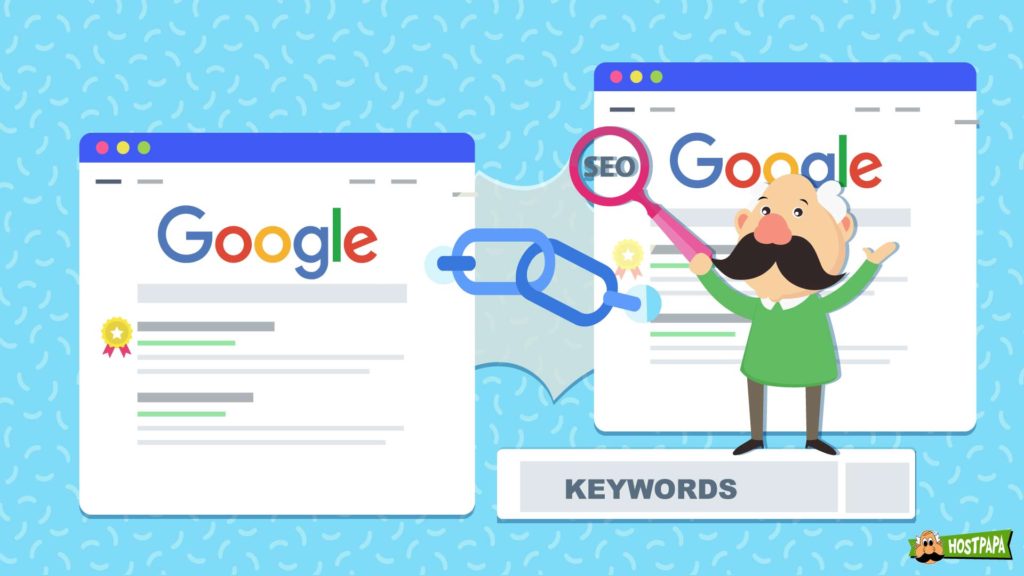
So, the more of these “votes” you have, the higher Google will rank your site.
Not all backlinks are created equal or in other words are of any use.
In other words, if you want to rank higher focus on quality backlinks.
One quality backlink can be more powerful than 100 low-quality backlinks.
As it is clear, high-quality backlinks tend to share the same key Attributes.
They Come from Trusted, Authoritative Websites.
Would you rather get a backlink from Neil Patel… or a random blogging website?
As it turns out, Google sense the same way.
This concept is known as “Domain Authority”. Basically, the more authority a site has, the more authority it can expire to your site.
If a link comes from an authority site, Google puts many weights thereon. In fact, you can notice a boost in your organic search engine traffic right after.
These Links might be hard to get but they are worth it.
8. Speed up the Site load time
The Site Speed is the time duration in which users are able to see and interact with content.
Site speed is the chance to put a first impression on the User. The longer the site takes to open more likely the user is tended to switch the site for the content. Studies have shown the site lose their users in the first 4 seconds.
Even if your site works well has a great structure, relevant and fresh content but still the user visits your site lost its interest in the first 5 6 seconds then what is the benefit of all that effort. The first experience of any website comes with its load time. On the other hand, your competitor who has not much relevant customer but a faster load time will snatch your user.
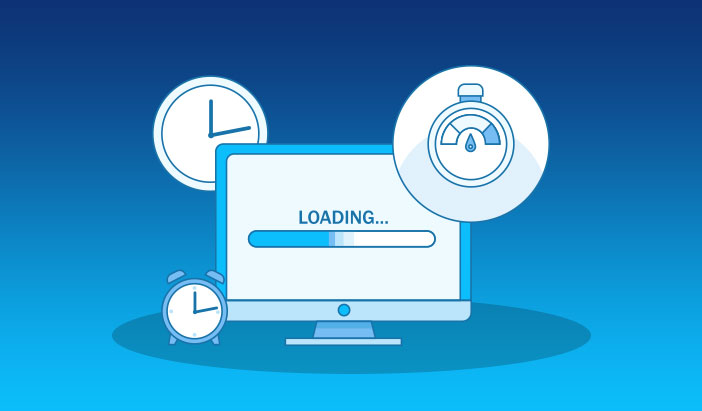
On mobile, site load time is even more of a problem. As per a research by Google, the average mobile site takes more than fifteen seconds to load while people expect them to load in less than 3 seconds before they consider leaving. Every second counts, a chance of conversion drip sharply with every second longer, your site takes to load.
Why should improve the loading speed of the ite
- Site speed is a ranking factor
- Fast sites are easier to crawl
- Slow loading sites have low conversion rates.
- It reduces bounce rates
- It improves general UX
Site speed Helps in Ranking
Google has its Algorithms which directly stated that the faster the site loads the higher ranks. Recently, Google launched the ‘Speed Update’ making site speed a ranking factor for mobile searches. Google stressed it would only affect the slowest sites and that fast site getting faster won’t get a boost, but they are surely looking at site speed across the board. Only the slowest sites get hit now, but what about the future?
Loading times influence crawling
Modern sites are incredibly wieldy and untangling that mess can make an enormous difference already. Fix your site structure, clean up old and outdated posts and bring those redirects in order. Invest in a better hosting plan and switch those servers into finely tuned machines. The bigger your site is, the more impact speed optimizations will have.
These not just impact user experience and conversion rates but also affects crawl budget and crawl rate. If your servers are fast, Googlebot can come around more often and obtain more done.
Fast loading sites have higher conversion rates and lower bounce rates
Your goal should be to be the fastest site in your niche. Be faster than your competitors. Having a site or an e-commerce platform that takes ages to load won’t does one any good. People hit that back button during a blink of an eye, never to return. Not good for your bounce rate! By offering a quick site you’re not only performing on improving your conversion rate, but you’re also building trust and brand loyalty. Think of all the times you’ve been cursing the screen because you had to wait for a page to load — again — or been running in circles because the user experience was atrocious — again. It happens so often — don’t be that site.
Site speed improves user experience
Did you recognize that folks experience real stress when experiencing mobile delays? And that this stress level is like watching a horror movie? Surely not you say? That’s what the fine folks at Ericsson Research found a few of years back. Improving your site speed across the board means making people happy. They’ll enjoy using your site, buy more and come back more often.
This, of course, means Google will see your site as an excellent search result because you’re delivering the products when it involves site quality. Eventually, you might get a nice ranking boost. It’s a win-win situation
For more Information https://maynkrcthaldi.com/



